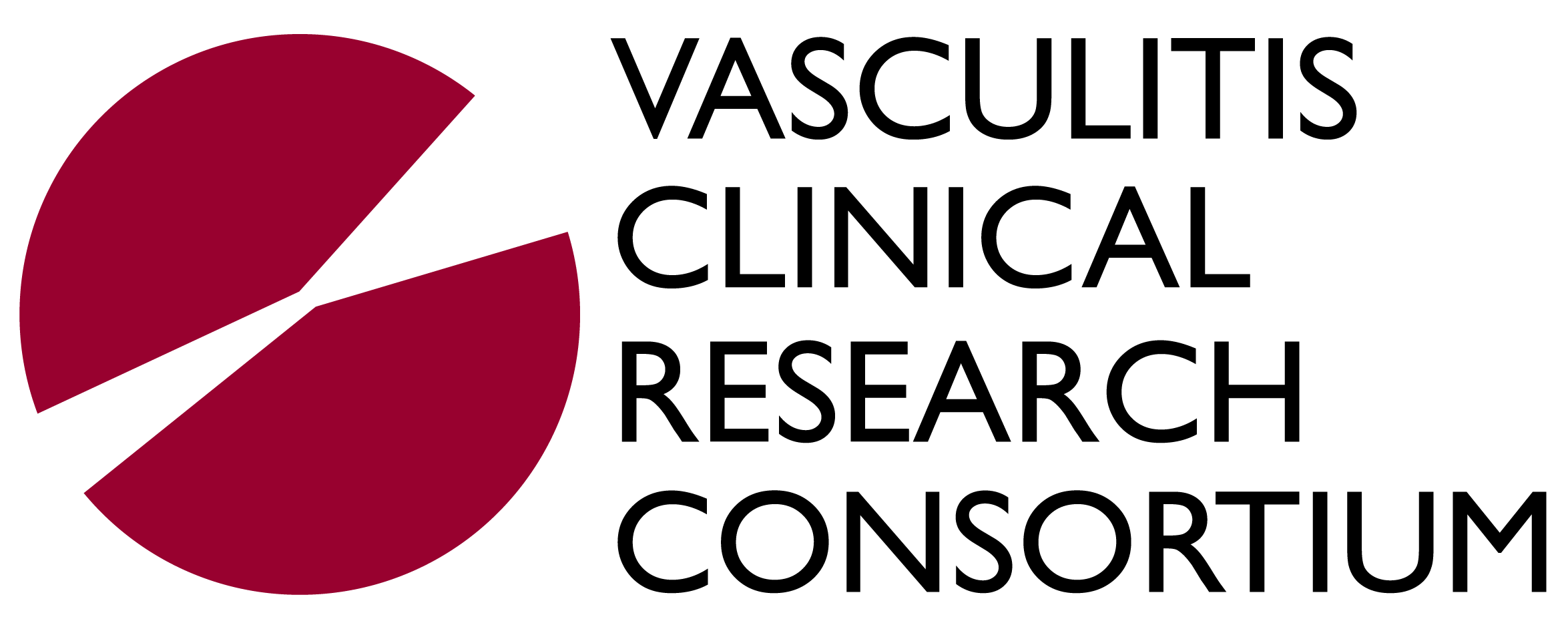What is drug-induced vasculitis (DIV)?
DIV is a form of vasculitis that affects small blood vessels. The disease can affect many parts of the body but especially involves the skin, causing rash. A skin biopsy may show blood vessel inflammation termed leukocytoclastic vasculitis. Some patients can have inflammation in other organs, including nerve involvement. Systemic manifestations can include fever, weight loss and joint pain.
Who gets DIV?
Drug-induced vasculitis occurs in men and women of all races.
What causes DIV?
A variety of medications have been linked to drug-induced vasculitis. Commonly reported associations are with minocycline, an antibiotic used to treat acne, and propylthiouracil, a drug for hyperthyroidism. A variety of other drugs can cause leukocytoclastic vasculitis.
How is DIV diagnosed?
The diagnosis depends initially on the medical history and physical examination. A skin biopsy is commonly performed, showing leukocytoclastic vasculitis.
What is the treatment for DIV?
Treatment depends on the extent of involvement by vasculitis. For patients with only skin involvement, discontinuation of the causative medication is all that may be needed. Some patients will require corticosteroids to control more bother symptoms. Rarely immunosuppressive agents will be required.

